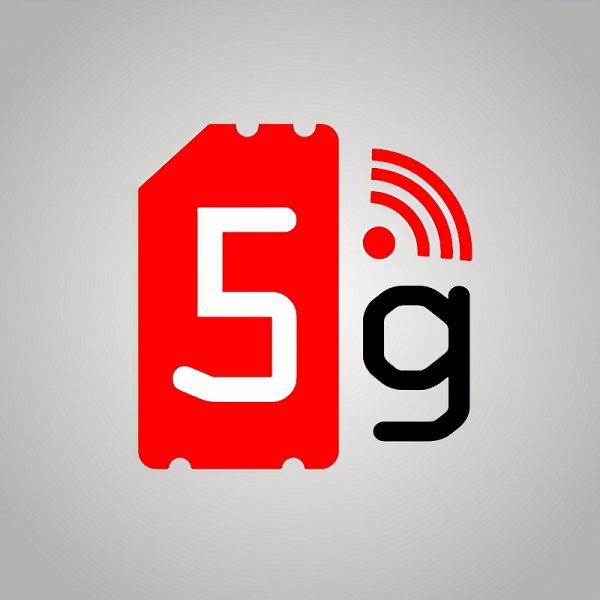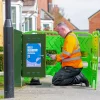BT and Nokia in UK Trial of 5G Reduced Capability (RedCap) Tech

Sometimes, less is more, or at least that’s the idea behind BT (EE) and Nokia’s latest trials of 5G Reduced Capability (RedCap) technology and devices at the operator’s Adastral Park site in Ipswich (England). RedCap is a technology introduced in 3GPP Release 17 that brings 5G to devices that do not require its full capabilities.
In marketing and telecoms connectivity terms, describing a new connectivity technology as having a “Reduced Capability” might not sound like the most attractive of pitches, but there is some method in the madness. This is because not every device you want to connect (e.g. sensors, wearables, health trackers or ruggedized mobile broadband routers) needs the best data speeds and latency, but tweaking network slicing and spectrum will only get you so far toward serving those via the full 5G New Radio (NR) standard.
Put another way, there is some room for trading off device capabilities for complexity, lower power consumption or cost reduction, which reflects the sort of tweaks to 5G’s physical-layer parameters that RedCap is designed to deliver via simplification. RedCap is thus targeting devices that are positioned as a lower segment than enhanced mobile broadband (eMBB), but higher than low-power wide-area (LPWA) networks.
Advertisement
In simplified technical terms, a RedCap 5G device will use fewer radio bands, less spectrum frequency, up to just 64QAM on the downlink (regular 5G can harness 256QAM) and tweaks to duplex operations.
Greg McCall, Chief Networks Officer at BT Group, said:
“This trial with Nokia demonstrates the potential of RedCap technology in unlocking a new wave of innovation within the 5G services ecosystem. This is especially the case as we move towards the arrival of 5G SA, bringing with it enhanced reliability, responsiveness, security, and speed which – through 5G RedCap – promises to benefit a host of new IoT devices and use cases.”
The successful BT trial utilized Nokia’s AirScale RAN portfolio, EE’s 5G Standalone (SA) network, and MediaTek’s RedCap testing platform. Sadly, the announcement doesn’t include any technical details from the trial and we don’t yet know what kind of products EE might introduce for it in the future, but no doubt the latter will follow in due course.
Mark is a professional technology writer, IT consultant and computer engineer from Dorset (England), he also founded ISPreview in 1999 and enjoys analysing the latest telecoms and broadband developments. Find me on X (Twitter), Mastodon, Facebook, BlueSky, Threads.net and Linkedin.























































I assume it is for BT Business Customers
since BT will be for Business
and EE will be for Domestic Customers
Nah ! if it was for Domestic Customers they’d have done a Microsoft and ensured that an existing perfectly good working product e.g. Home networking was screwed up in the name of forcing everybody to go to the cloud for functionality. |The ultimate in economic, political and social “Gotchas”
I think they are already trialling it on mobile phones, judging by the way my EE 5G connectivity had dropped so dramatically in the last few months 🙁